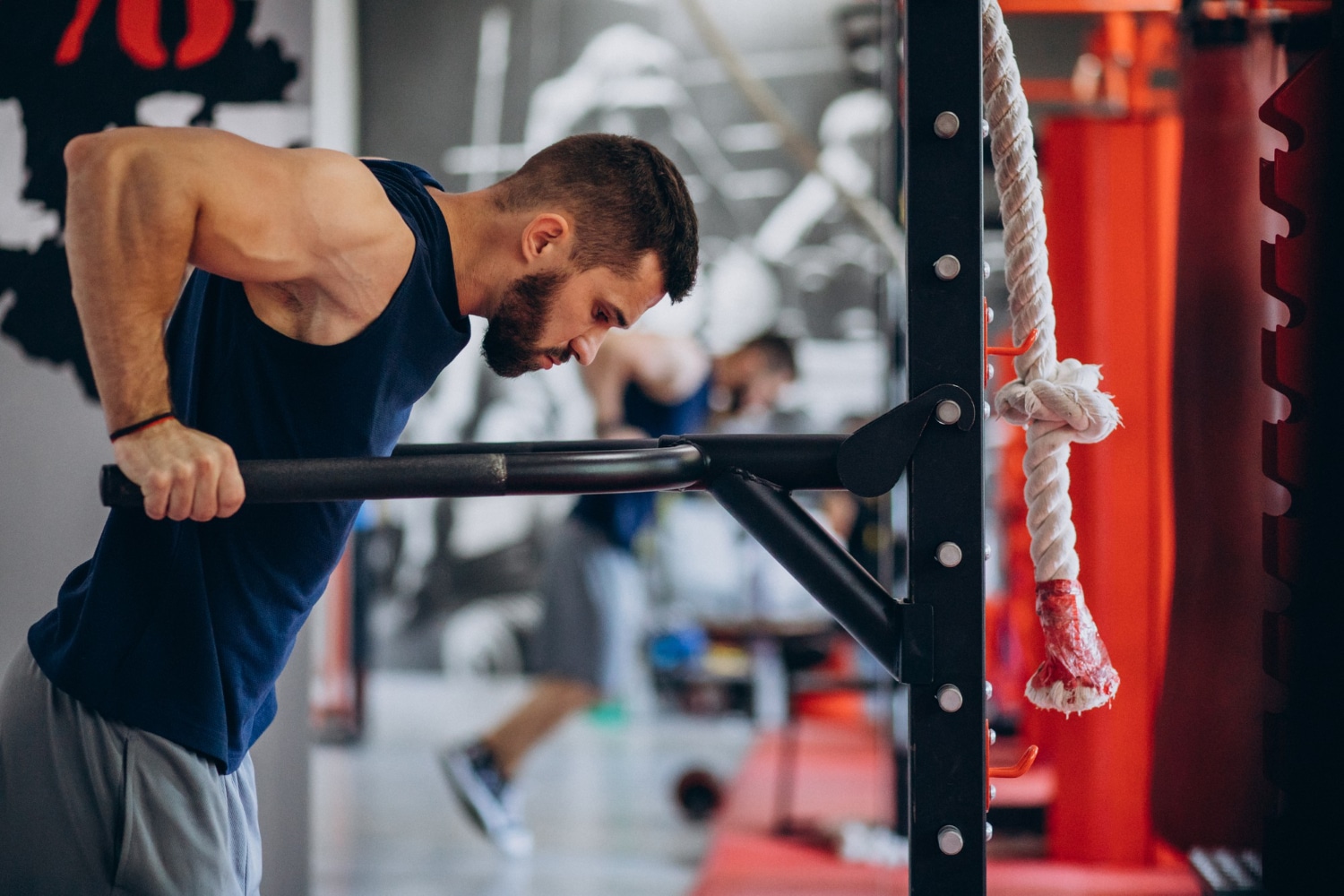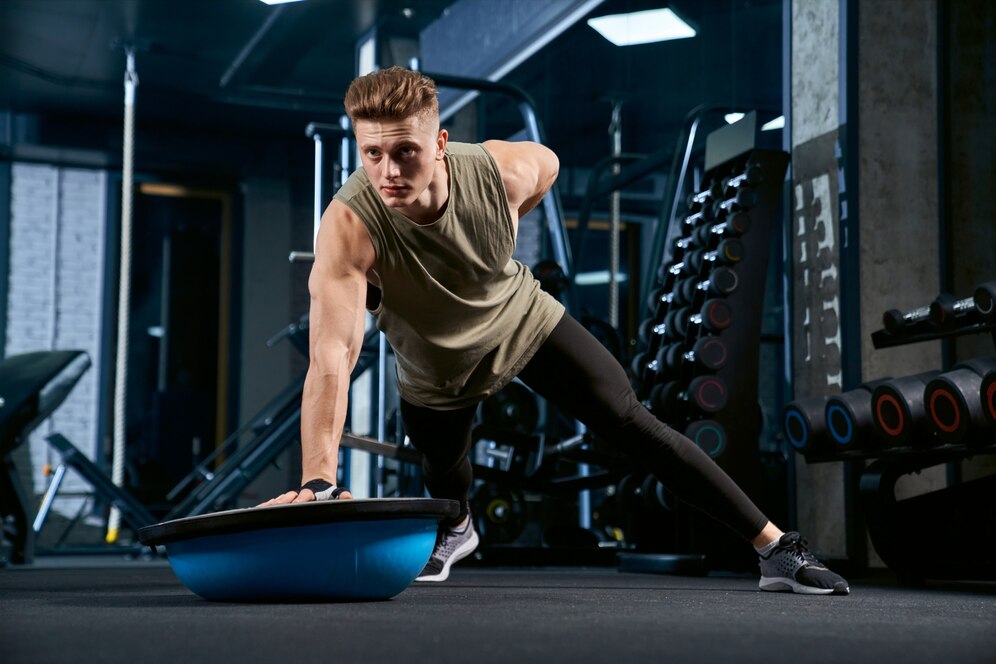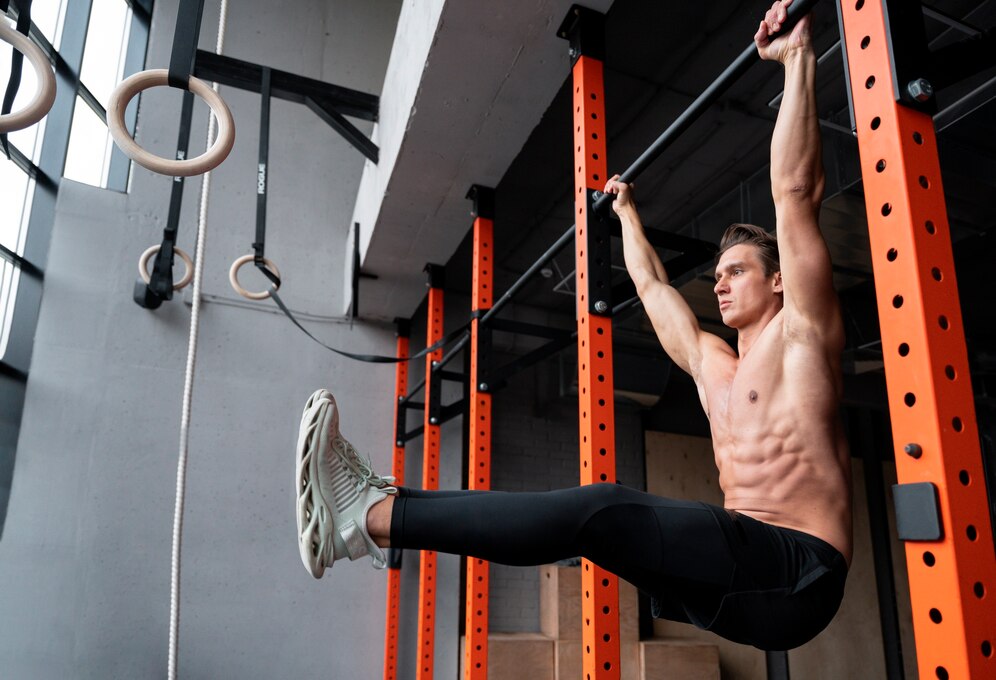
Progressing in Bodyweight Exercises: From Beginner to Advanced
Bodyweight exercises help you build strength, endurance, and mobility. Best of all, you don’t need any gym equipment. They are great for beginners who want to get fit. They also suit advanced athletes aiming for mastery in callisthenics. Bodyweight progressions help you keep improving over time.
Many people struggle with bodyweight exercises. They often don’t know how to increase difficulty. Instead of just adding more reps, try a structured approach. Use variations, tempo changes, and leverage modifications. This will help you build strength and skill steadily.
This article will teach you:
- How to progress systematically in bodyweight training
- Beginner, intermediate, and advanced variations of key exercises
- Tips for improving strength, endurance, and mobility
You can get fit without a gym by following a clear plan.
The Principles of Bodyweight Progression

To make consistent gains in bodyweight training, you must gradually increase the challenge. Bodyweight training progression is different from weightlifting. In weightlifting, you add more weight to progress. With bodyweight training, you rely on several key factors:
1. Increase Repetitions
The simplest way to progress is by adding more reps. If you start with 10 push-ups, gradually work up to 20 before moving to a more challenging variation.
2. Slow Down the Tempo
Controlling the speed of each rep increases time under tension. Slower movements engage more muscle fibres, making exercises harder without adding reps.
3. Add Isometric Holds
Pausing during exercises, like at the bottom of a squat, makes muscles work harder. This boosts strength and stability.
4. Reduce Stability
Performing exercises on one leg or one arm forces stabiliser muscles to activate more. This enhances core strength and balance.
5. Change Leverage
Adjusting body positioning alters the resistance of an exercise. For example, raising your feet during push-ups makes them tougher. But doing incline push-ups makes them simpler.
Using these principles helps you keep challenging your body. This way, you can avoid training plateaus.
Bodyweight Exercise Progressions: Beginner to Advanced
Below is a structured progression of key bodyweight exercises. You should only move to the next level once you can perform the previous variation with perfect form.
1. Push-Up Progression (Chest, Shoulders, Triceps, Core)
Beginner:
- Wall Push-Ups – Stand facing a wall and push away from it.
- Incline Push-Ups – Place your hands on a raised surface, like a bench, to reduce difficulty.
- Knee Push-Ups – Keep your knees on the ground to make the push-up easier.
Intermediate:
- Standard Push-Ups – Perform push-ups with a full range of motion.
- Decline Push-Ups – Elevate your feet to increase difficulty.
- Diamond Push-Ups – Place your hands close together to target the triceps more.
Advanced:
- Archer Push-Ups – Shift most of your weight to one side for an asymmetric push-up.
- One-Arm-Assisted Push-Ups – Use one arm while slightly assisting with the other.
- One-Arm Push-Ups – Perform a full push-up using only one arm.
2. Squat Progression (Legs, Glutes, Core)

Beginner:
- Assisted Bodyweight Squats – Hold onto a stable surface for support.
- Standard Bodyweight Squats – Perform deep, controlled squats.
Intermediate:
- Jump Squats – Explosively jump at the top of each squat.
- Bulgarian Split Squats – Place one foot behind you on an elevated surface.
Advanced:
- Pistol Squats – Perform squats on one leg while keeping the other leg extended.
- Shrimp Squats – Hold one leg behind you while squatting deep.
3. Pull-Up Progression (Back, Biceps, Core)
Beginner:
- Dead Hangs – Simply hang from the bar to develop grip strength.
- Scapular Pull-Ups – Slightly retract your shoulder blades without bending your elbows.
Intermediate:
- Assisted Pull-Ups – Use a resistance band or support for assistance.
- Negative Pull-Ups – Jump up to the bar and lower yourself down slowly.
Advanced:
- Standard Pull-Ups – Perform full reps with a controlled motion.
- One-Arm Pull-Ups – Use only one arm to lift yourself.
4. Core Progression (Abs, Obliques, Lower Back)
Beginner:
- Knee Planks – Hold a plank position while keeping your knees on the ground.
- Standard Planks – Maintain a straight posture in a forearm plank.
Intermediate:
- Hollow Body Hold – Lie on your back and hold your legs and arms in the air.
- Hanging Knee Raises – Bring your knees toward your chest while hanging from a bar.
Advanced:
- Hanging Leg Raises – Extend your legs fully while raising them.
- Dragon Flags – Keep your body straight as you lower yourself down from a hanging position.
Structuring a Progressive Bodyweight Routine
A good workout plan should hit all major muscle groups. It also needs to let you keep improving.
Beginner Routine (3 Rounds):
- Knee Push-Ups – 10 reps
- Bodyweight Squats – 15 reps
- Dead Hangs – 30 seconds
- Knee Plank – 30 seconds
Intermediate Routine (4 Rounds):
- Standard Push-Ups – 12 reps
- Jump Squats – 12 reps
- Negative Pull-Ups – 5 reps
- Hollow Body Hold – 20 seconds
Advanced Routine (5 Rounds):
- Archer Push-Ups – 10 reps per side
- Pistol Squats – 6 reps per leg
- One-Arm Pull-Ups (Assisted) – 4 reps per arm
- Dragon Flags – 6 reps
Tips for Consistent Progression
- Train Consistently – Perform workouts at least 3-4 times per week.
- Master Form First – Don’t rush into harder variations without proper technique.
- Use Slow Negatives – Controlling the lowering phase builds strength.
- Incorporate Mobility Work – Improved flexibility enhances movement efficiency.
- Challenge Yourself – Keep pushing limits by increasing reps and trying new progressions.
Conclusion: Progressing in Bodyweight Exercises

Bodyweight training is a powerful way to build strength at any fitness level. By following structured progressions, you can continuously improve and master advanced movements. Start where you are, be patient, and challenge yourself to keep progressing.
Key Takeaways:
- Progress by increasing reps, adjusting tempo, and modifying leverage.
- Master foundational movements before attempting advanced variations.
- Consistency, proper form, and mobility work are essential for long-term success.
Begin these progressions today. Boost your bodyweight training to new heights.